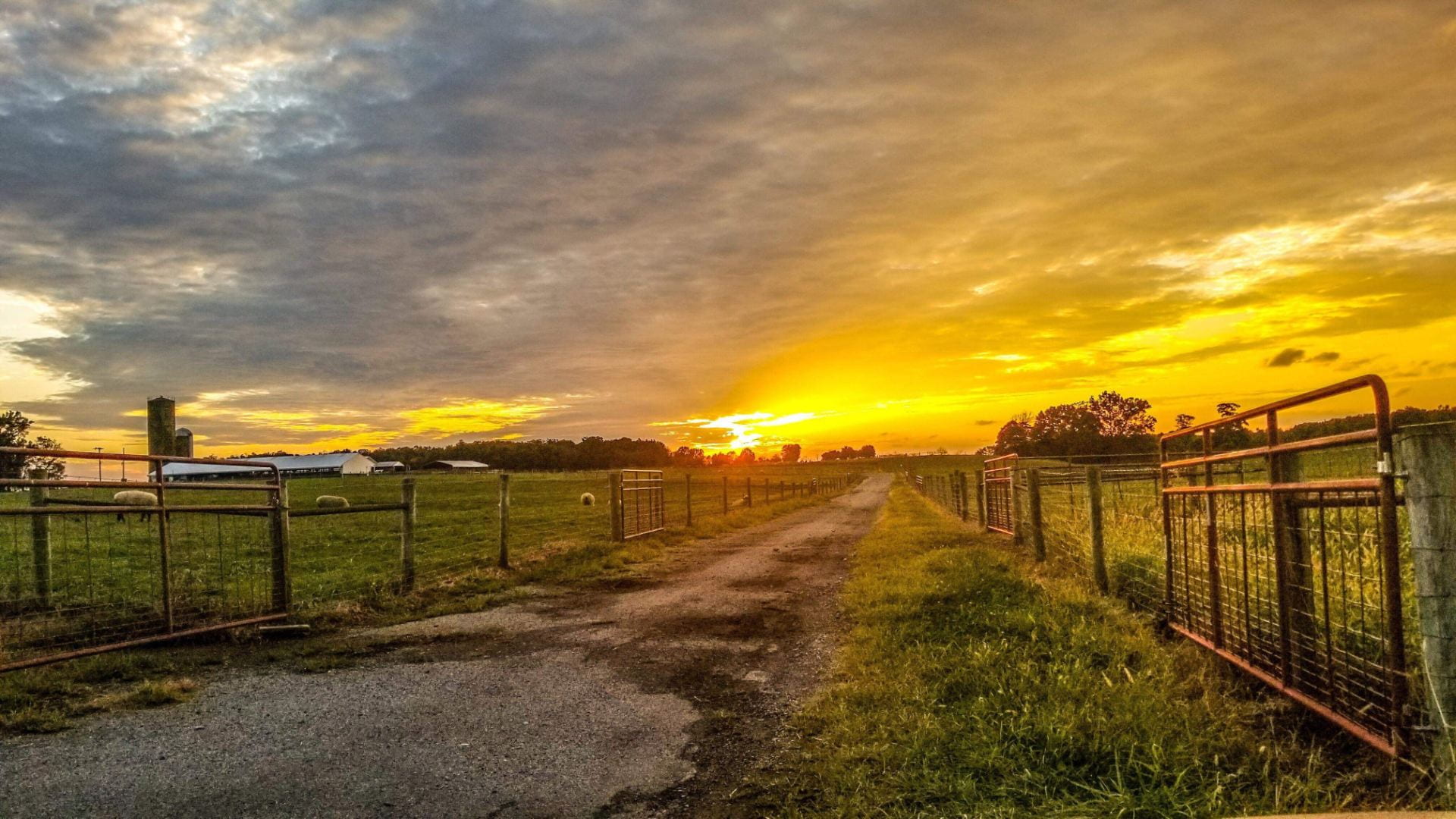David Brown, Livestock Field Specialist, University of Missouri Extension
(Previously published online with the University of Missouri Extension: October, 2023)
As fall season approaches, daylight begins to get shorter, and sheep/goats are ready for breeding. The breeding season should be an exciting time for producers because the number of lambs and kids raised and weaned successfully determines the profitability of the operation. Understanding the reproductive system of the animals helps to maximize the breeding season and use resources wisely. This is particularly true for beginning producers who are experiencing their first breeding season. The season of the year is the main determinant for sheep and goat reproduction, with the majority being seasonal breeders that cycle in the fall (their natural mating season) and lamb in the spring. However, some breeds will cycle in the spring and have lambs/kids in the fall.
season approaches, daylight begins to get shorter, and sheep/goats are ready for breeding. The breeding season should be an exciting time for producers because the number of lambs and kids raised and weaned successfully determines the profitability of the operation. Understanding the reproductive system of the animals helps to maximize the breeding season and use resources wisely. This is particularly true for beginning producers who are experiencing their first breeding season. The season of the year is the main determinant for sheep and goat reproduction, with the majority being seasonal breeders that cycle in the fall (their natural mating season) and lamb in the spring. However, some breeds will cycle in the spring and have lambs/kids in the fall.
Peak fertility is from late September through November. Ewes have an average cycle length of 17 days, with most being between 14 and 20 days, while does have an estrus cycle of 18 to 22 days, and they display estrus for 24 to 48 hours. The gestation period ranges between 144 and 152 days. Management practices for producers to ensure profitability during the breeding season are highlighted below. Continue reading Breeding Season Considerations for Sheep and Goats



 composting is an approved method to dispose of livestock mortalities. Advantages include increased biosecurity, timely disposal of mortalities, low risk of environmental contamination, low cost, and relatively simple to do. Composting can be used for occasional mortality, emergency livestock mass casualties, and disease outbreaks.
composting is an approved method to dispose of livestock mortalities. Advantages include increased biosecurity, timely disposal of mortalities, low risk of environmental contamination, low cost, and relatively simple to do. Composting can be used for occasional mortality, emergency livestock mass casualties, and disease outbreaks.
 intake is critical in ensuring animal health, performance and mitigating heat stress. In general, sheep will drink 1.0 to 1.5 gallons of water for every 4 pounds of dry matter (DM) consumed. Sheep need access to fresh, clean water with adequate space to ensure proper intake. Unclean or poor-quality water can negatively affect consumption, subsequently decreasing productivity, health and growth.
intake is critical in ensuring animal health, performance and mitigating heat stress. In general, sheep will drink 1.0 to 1.5 gallons of water for every 4 pounds of dry matter (DM) consumed. Sheep need access to fresh, clean water with adequate space to ensure proper intake. Unclean or poor-quality water can negatively affect consumption, subsequently decreasing productivity, health and growth. management is one of the most important aspects of sheep production. Ewes that are fed appropriately are more fertile, milk better and wean more lambs that grow faster (Figure 1).
management is one of the most important aspects of sheep production. Ewes that are fed appropriately are more fertile, milk better and wean more lambs that grow faster (Figure 1).